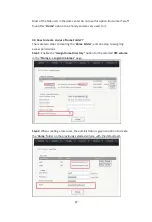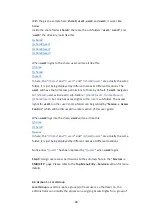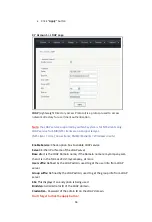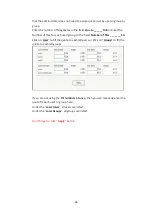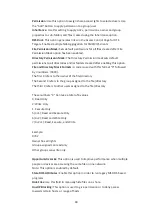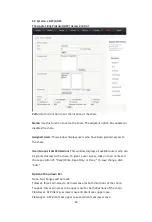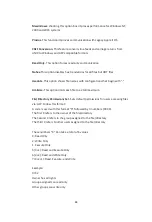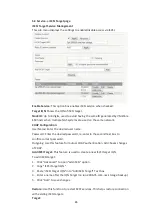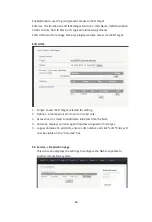
33
even without importing the users and groups to the NAS, the administrator can
manually type in the group names and assign access rights to them, plus a few
exceptions on users.
This step is done in the Top-Menu-Entry: Service
→
SMP/CIFS sub-menu.
There is no hard-coded standard for how many ADS users are too many to use
“Enumerate User/Group” option. Couple hundred ADS users seems to be OK to
enable it. Trial and error is the only way to determine actual capacity.
Use Default Domain
: To the NAS, ADS user ID is in the format of: ‘domain\user’.
If “User Default Domain” option is checked, then the user ID can be referred to
as ‘user’ without the ‘domain\’ in the later on session: T
op-Menu Entry: Service
for AC
L.
4.6 Account
→
NIS
NIS:
stands for
N
etwork
I
nformation
S
ervice. It is a naming and administration
system for smaller networks. Using NIS, each client or server computer in the
system has knowledge about the entire system. A user at any host can get access
to files or applications on any host in the network with a single user
identification and password. NIS is similar to the Internet's domain name system
(DNS) but somewhat simpler and designed for a smaller network. NIS Server is
mostly used for Unix/Linux clients.
Not all Unix/Linux network use NIS servers. If you don’t have a NIS Server in your
network, just simply skip this chapter.
If you do have a NIS server and would like to use one for NAS authentication,
then,
Enable the NIS service
Key in the NIS Domain Name
Key in the NIS Server Name









